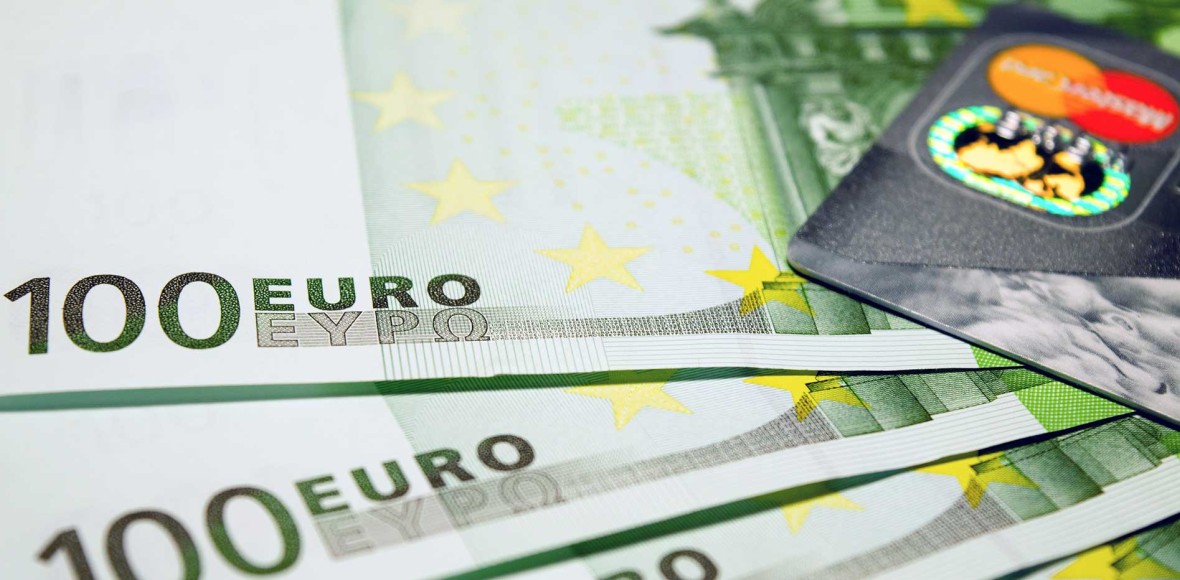One of the key cornerstones for the UK’s electricity security is interconnectors linking us to France, Netherlands and Ireland. We currently receive over 6% of electricity supplies from those countries and interconnectors have been able to enter and outcompete gas generation plants in capacity market auctions. This shows how comfortable the regulator is for this situation to remain. However upon exiting the IEM, UK players would no longer be entitled to carry out market coupling services in the EU which help to keep transaction costs low. Without market coupling services, new interconnectors could become uncompetitive restricting the growth of capacity in the future.
Whilst exiting the IEM post Brexit could bring disruption to the power industry on both sides of the channel, there are some opportunities that might arise for the UK:
Higher electricity prices (following increased trading costs and tightness of the system with restricted interconnector expansion) could spur investment and M&A activity in power generation infrastructure. This could be transformative for renewables because as technology costs fall for solar or wind, it would mean a subsidy free environment as electricity prices could attract more financing propositions from ‘mainstream’ lenders.
Overall, implementing measures to keep the UK integrated with the IEM would be the easiest and least disruptive way to ensure continued energy security. However the outcome will be dependent on unpredictable political agreements so the power industry needs to be ready to adapt to whatever scenario develops.
With a likely higher power price, restricted access to interconnectors and a more active government, players will need to revisit business plans and be prepared to make significant amendments as conditions such as these. With the potential amendments to respond to some scenarios likely to take more time than the negotiation process will allow, ‘wait and see’ is an increasingly risky approach. Meaningful plans for a range of outcomes are a critical first step to responding.
In addition, IEM or no IEM, designing and implementing a replacement for EU-ETS will be needed to continue with the transition towards decarbonisation. And all of this will need to be achieved whilst ensuring that the disruption – to staff recruitment, retention, cross border supply chains and trading arrangements – is kept to a minimum to keep energy affordable.

